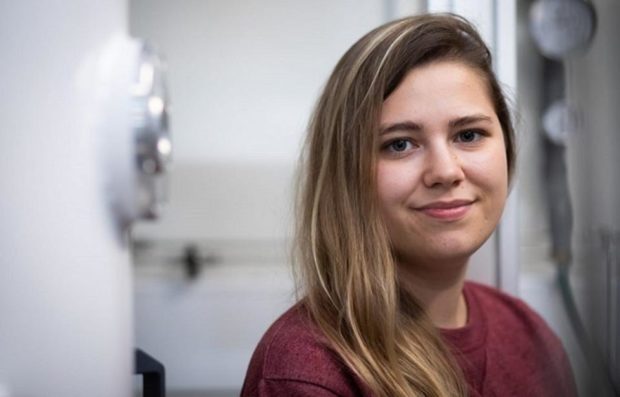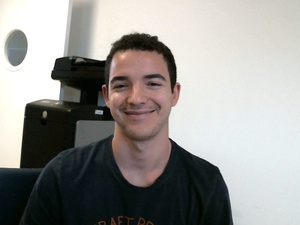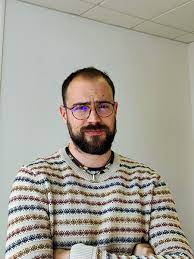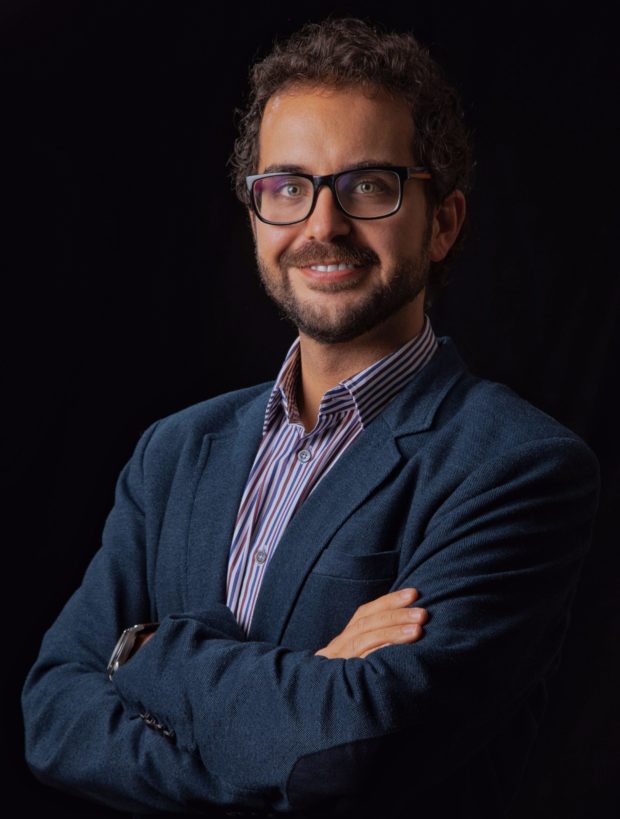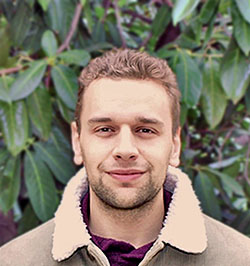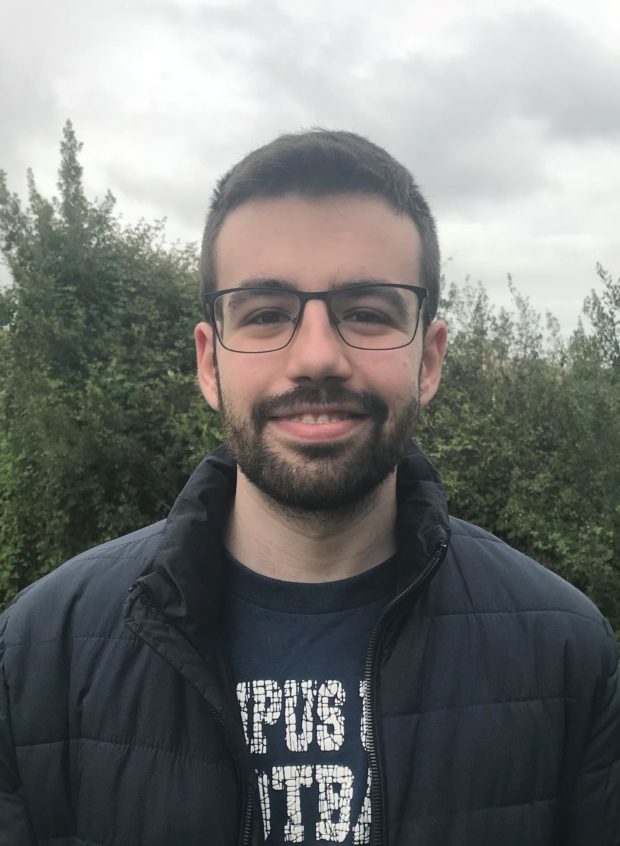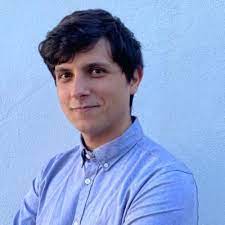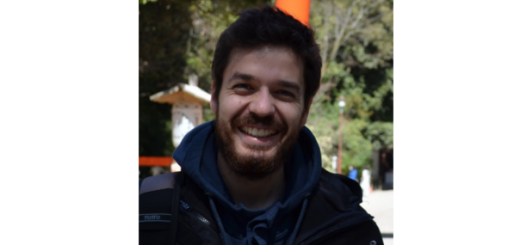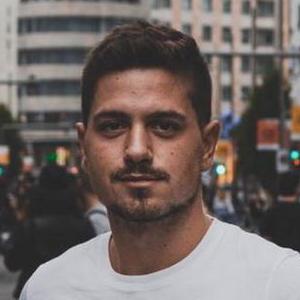PhD and Young Scientists on Quantum Technologies
Virginia N. Ciriano Tejel (Quantum motion) Silicon has become one of the leading platforms for quantum computation, having demonstrated qubits with long coherence times and high fidelity operations. Moreover, the similarities between silicon quantum dots and transistors give hope for mass production of qubits easily integrable with control electronics. This seminar will go over the…
Guillem Llodrà (IFISC UIB-CSIC) Quantum reservoir computing is a neuro-inspired machine learning approach harnessingthe rich dynamics of quantum systems to solve temporal tasks. It has gathered attentionfor its suitability for NISQ devices, for easy and fast trainability, and for potentialquantum advantage. Although several types of systems have been proposed as quantumreservoirs, differences arising from particle…
Nadir Samos Sáenz de Buruaga (INMA) I will review the barren plateaus (BPs) issue in the field of variational quantum algorithms(VQA) with a particular focus on those generated by an excess of randomness, providingan accessible introduction to the topic. I will also show that restricting the entanglementof the states seems not to be a good…
Carlos González-Ballestero (Institute of theoretical physics – U Insbruck) Despite its tremendous success, microwave-based quantum technology has limitations that couldbe solved by a hybrid approach, i. e. by interfacing microwaves with another degree of freedomwith complementary properties. Spin waves in ferromagnets, and their quanta magnons, are idealcandidates as they show tuneable spectrum and nonlinearity, have…
Alejandro Pozas-Kerstjens (ICMAT) Vast amounts of data are routinely processed in machine learning pipelines, every time coveringmore aspects of our interactions with the world. However, the quest for performance is leavingother important aspects, such as privacy, on the side. For example, when the models processingthe data are made public, is the safety of the data…
Daniel Gonçalves (ICFO) We explore the combination of sub-wavelength, two-dimensional atomic arrays andRydberg interactions as a powerful platform to realize strong, coherent interactionsbetween individual photons with high fidelity. In particular, the spatial ordering of theatoms guarantees efficient atom-light interactions without the possibility of scatteringlight into unwanted directions, for example, allowing the array to act as…
Manuel G. Algaba (IQM & UAM) Quantum simulation has been one of the main topics of research in the realm of quantum technologies for years. In this talk, we will use it for modelling the hyperpolarization process on a nanodiamond, which can improve medical imaging. We will introduce the basics of hyperpolarization and the quantum…
Carlos Sánchez-Muñoz (IFIMAC-UAM), Invited Speaker The laser, originally described to be as a “solution seeking a problem”, is now a ubiquitous piece of technology and arguably one of the most successful practical applications of quantum mechanics. The key property behind its success is its capability to provide high-intensity light with a narrow linewidth and long…
Vicente P. Soloviev (UPM) Bayesian network structure learning is an NP-hard problem that has been faced by anumber of traditional approaches in recent decades. In this work, a specific type ofvariational quantum algorithm, the quantum approximate optimization algorithm, wasused to solve the Bayesian network structure learning problem. Our results showed thatthe quantum approximate optimization algorithm…

